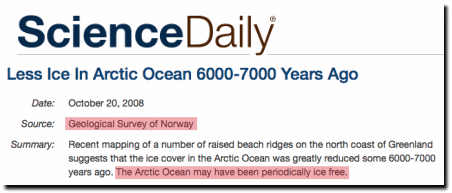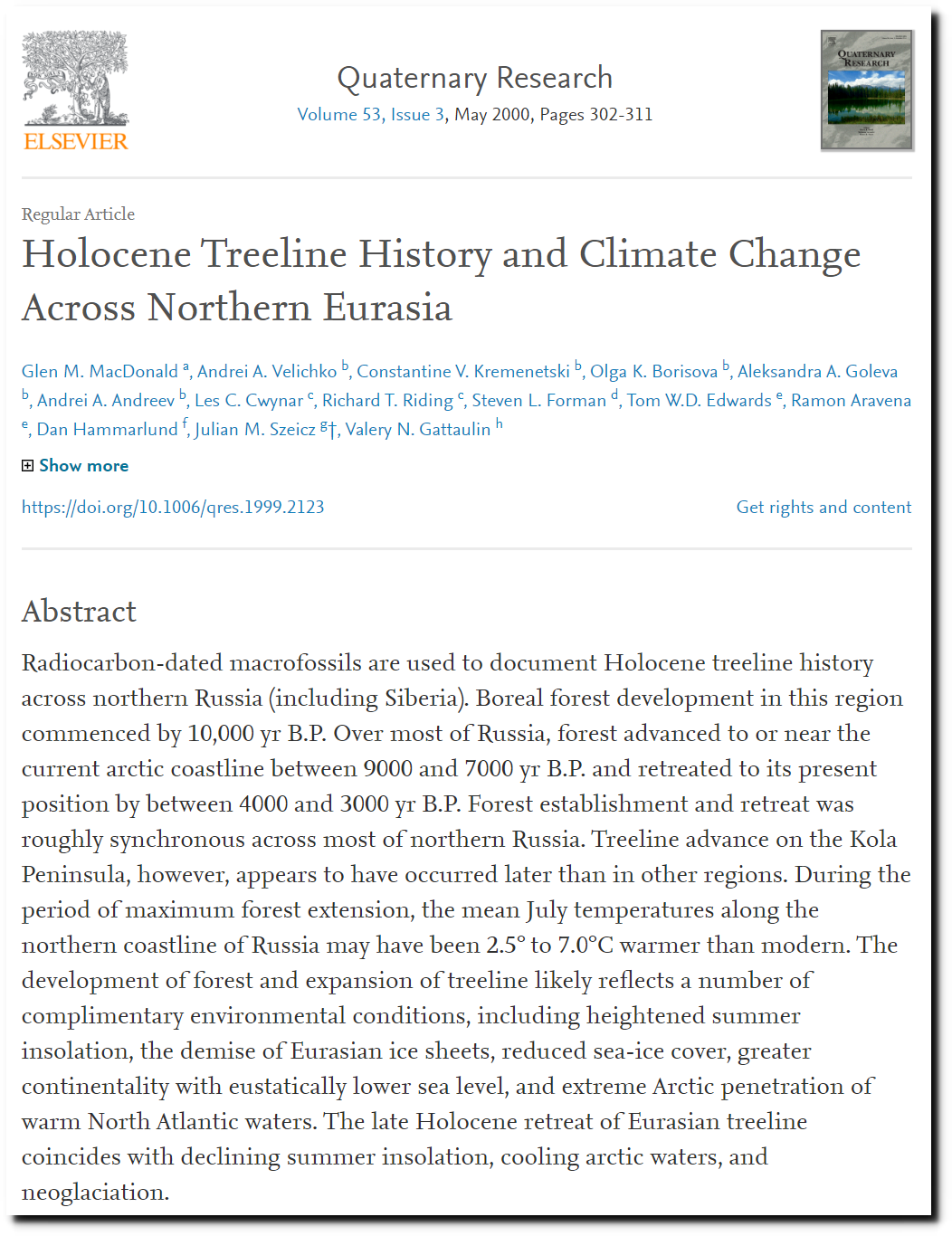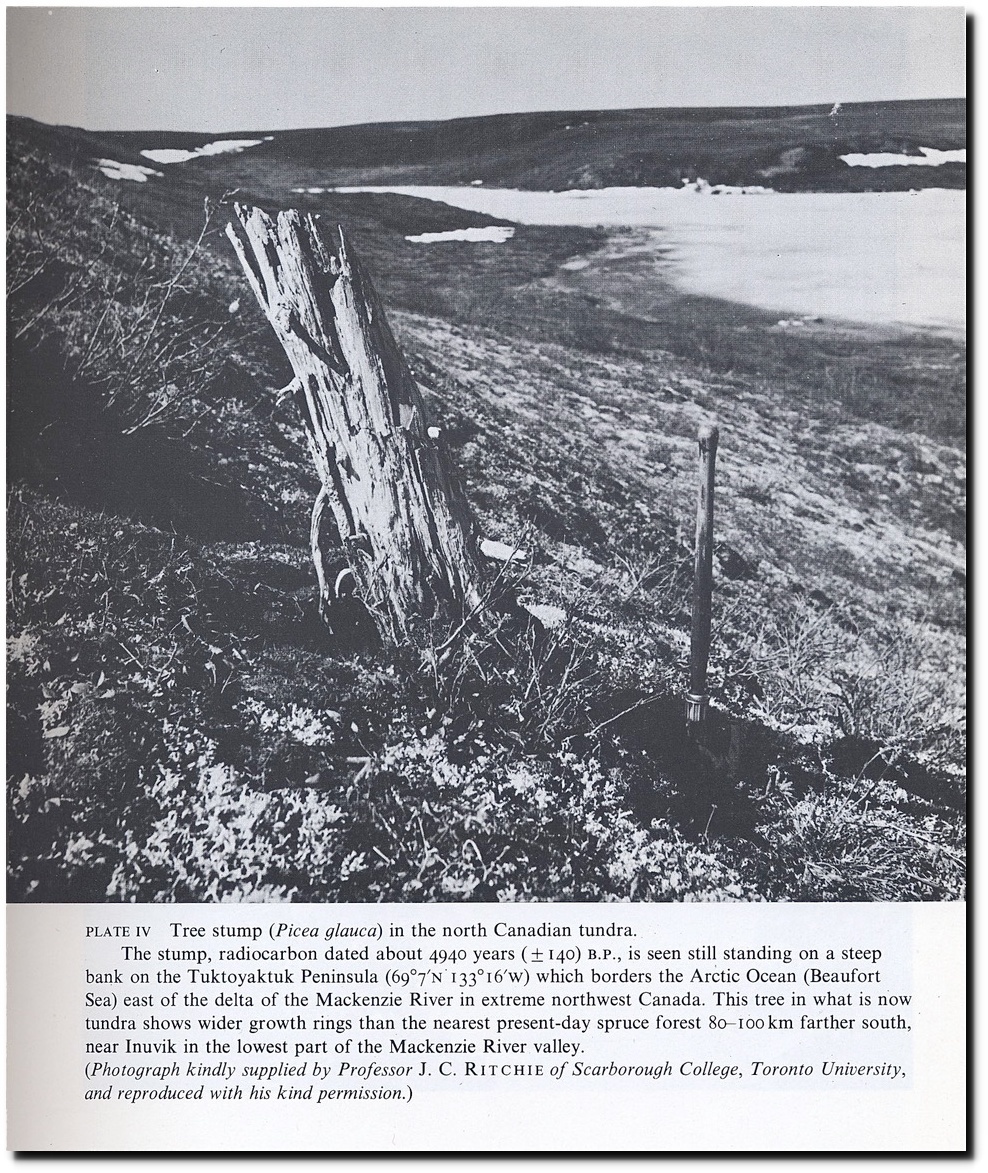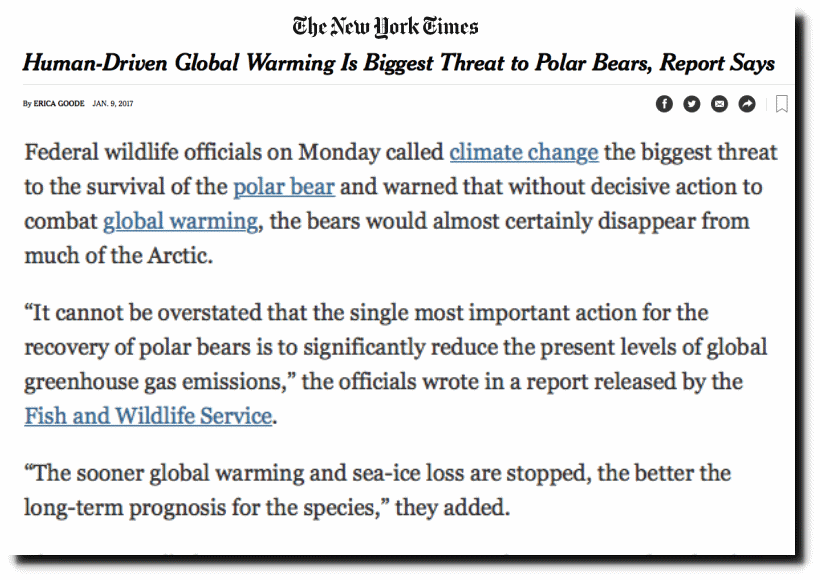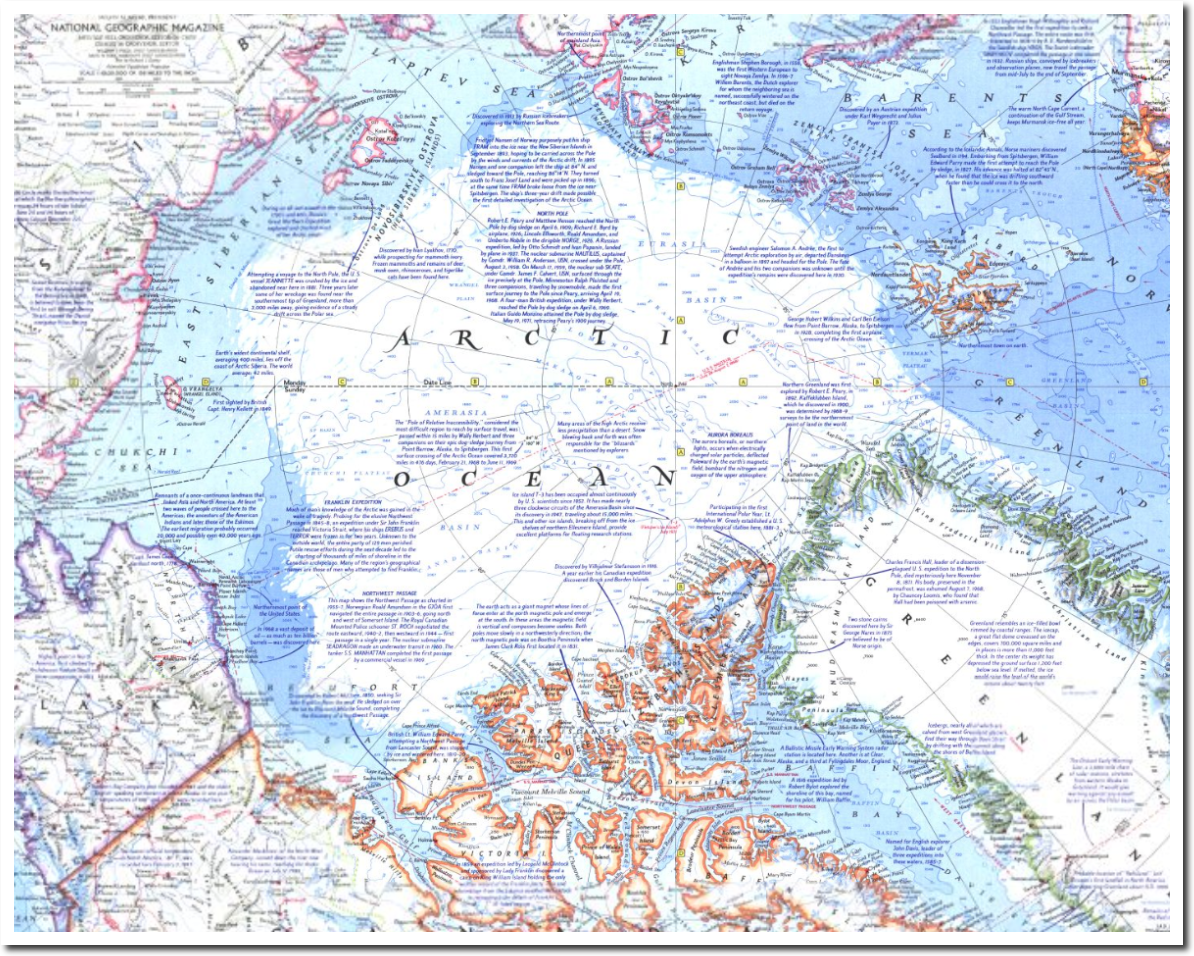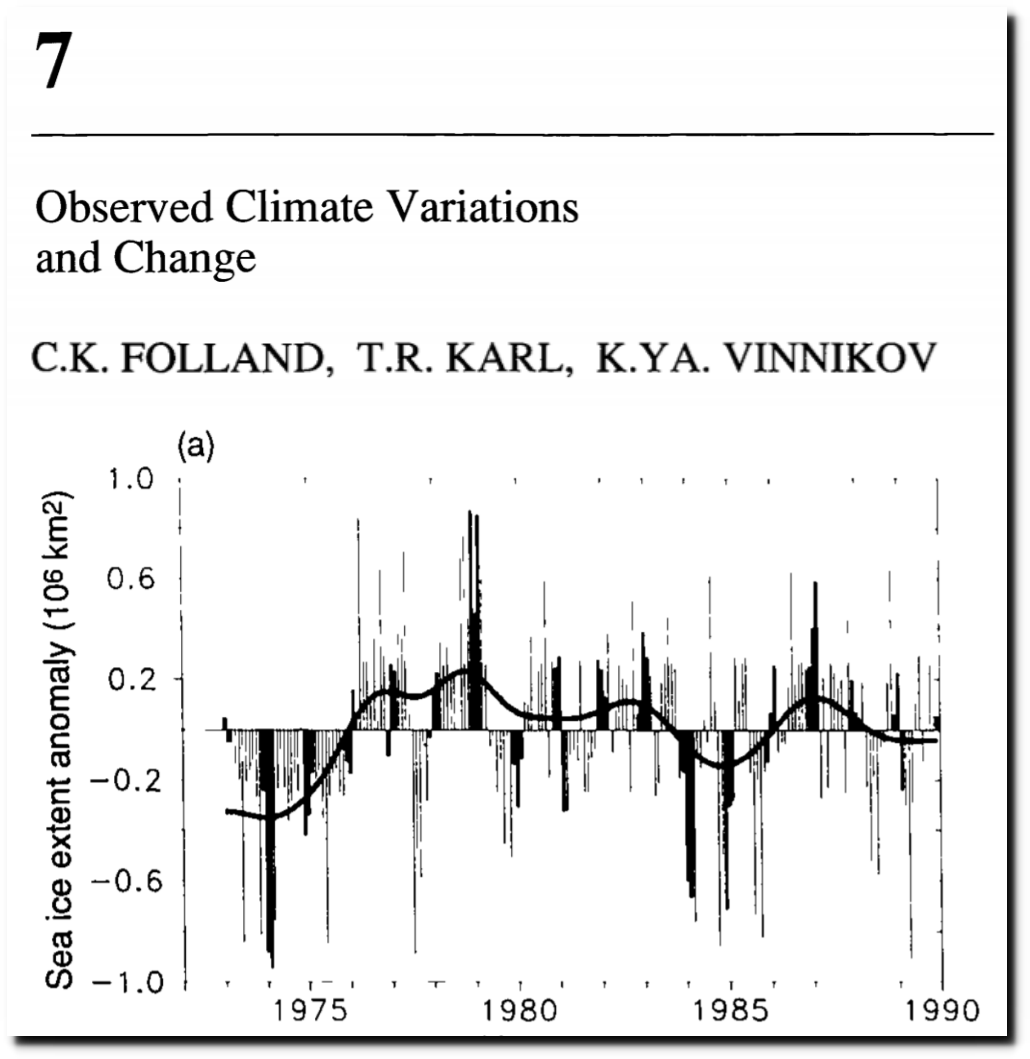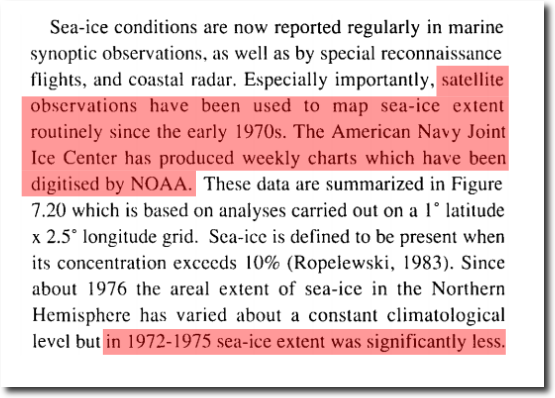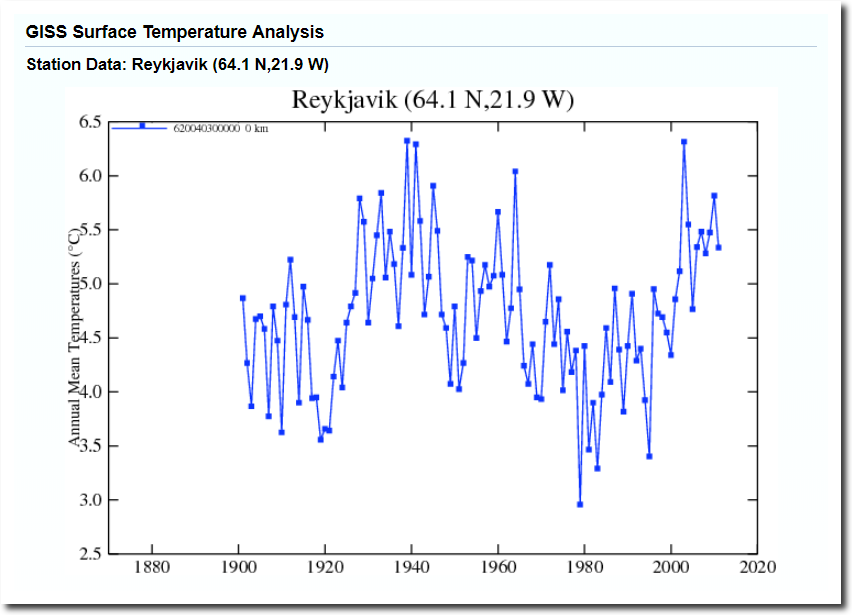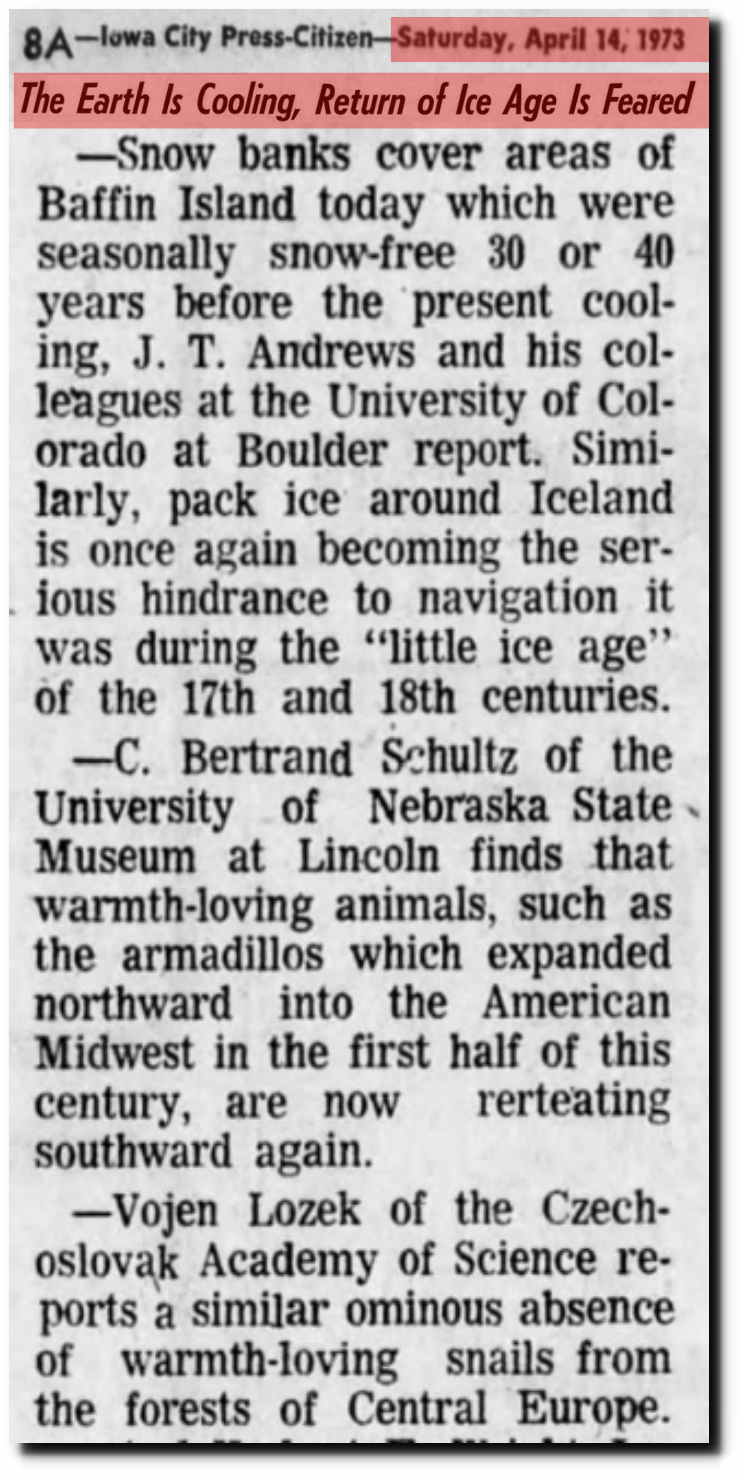In 2007, the UN announced the demise of Alaska sea ice and said it threatened Polar Bears.
“Alaska’s sea ice recedes at fast rate
ANCHORAGE, Alaska — An analysis of 20 years’ worth of real-life observations supports recent U.N. computer predictions that by 2050, summer sea ice off Alaska’s north coast will probably shrink to nearly half the area it covered in the 1980s, federal scientists say.
Such a loss could have profound effects on mammals dependent on the sea ice, such as polar bears, now being considered for threatened species status . because of changes in habitat due to global warming. In the 1980s, sea ice receded 30 to 50 miles each summer off the north coast, said James Overland, a Seattle-based oceanographer for the National Oceanic and Atmospheric Administration.”
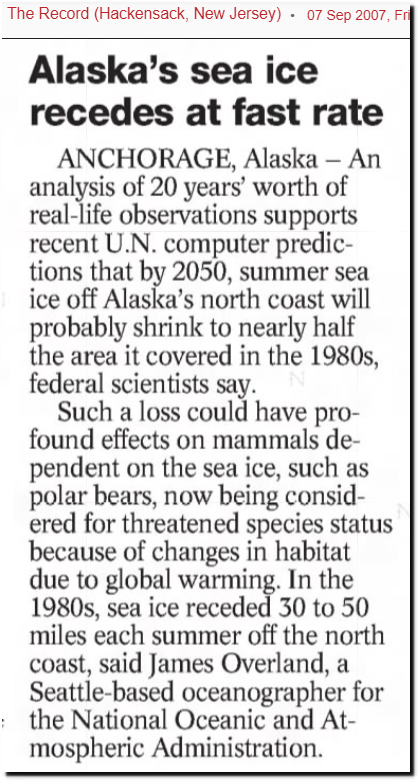
07 Sep 2007, A22 – The Record at Newspapers.com
There is a lot more sea ice off the coast of Alaska now than there was fifteen years ago.
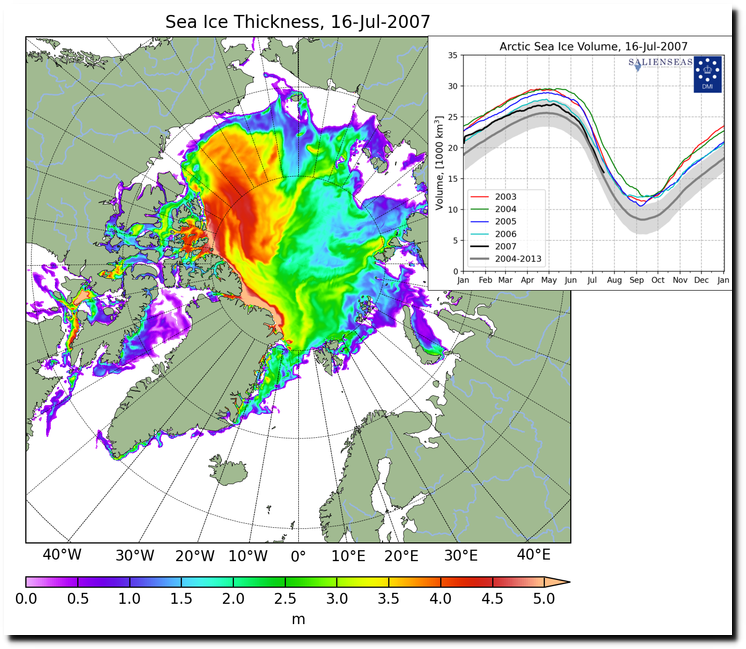
CICE_combine_thick_SM_EN_20070716.png (728×631)
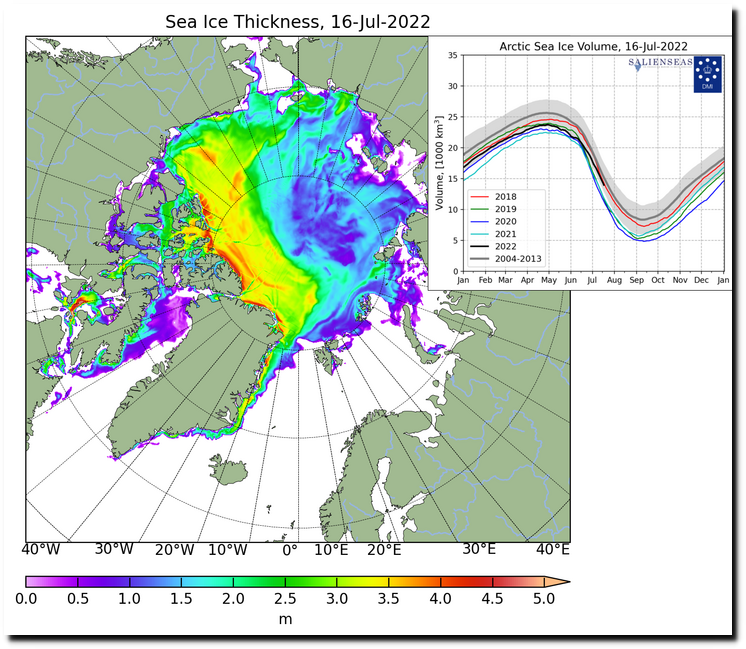
CICE_combine_thick_SM_EN_20220716.png (728×631)
The Arctic was ice-free 6,000 years ago with CO2 levels lower, and the Polar Bears survived fine.
“ice cover in the Arctic Ocean was greatly reduced some 6000-7000 years ago. The Arctic Ocean may have been periodically ice free”
Less Ice In Arctic Ocean 6000-7000 Years Ago — ScienceDaily
Holocene Treeline History and Climate Change Across Northern Eurasia – ScienceDirect
In 2017 the US Government repeated the same claim.
“Federal wildlife officials on Monday called climate change the biggest threat to the survival of the polar bear and warned that without decisive action to combat global warming, the bears would almost certainly disappear from much of the Arctic. “It cannot be overstated that the single most important action for the recovery of polar bears is to significantly reduce the present levels of global greenhouse gas emissions,” the officials wrote in a report released by the Fish and Wildlife Service.”
Human-Driven Global Warming Is Biggest Threat to Polar Bears, Report Says – The New York Times
In 1971, National Geographic showed the sea ice edge far off the coast of Alaska.
https://interactivity.partica.online/NatGeoMaps/mapviewer.html?mapName=1971_10_Arctic Ocean_side 1
Almost all of the post-industrial increase in CO2 has occurred since then.
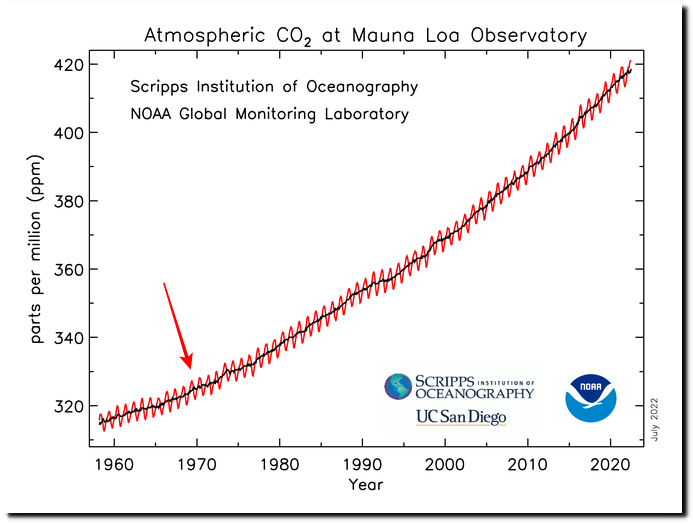
Global Monitoring Laboratory – Carbon Cycle Greenhouse Gases
According to the 1990 IPCC report, sea ice extent was vey low in the early 1970s.
NOAA now claims they don’t have satellite data before 1979.
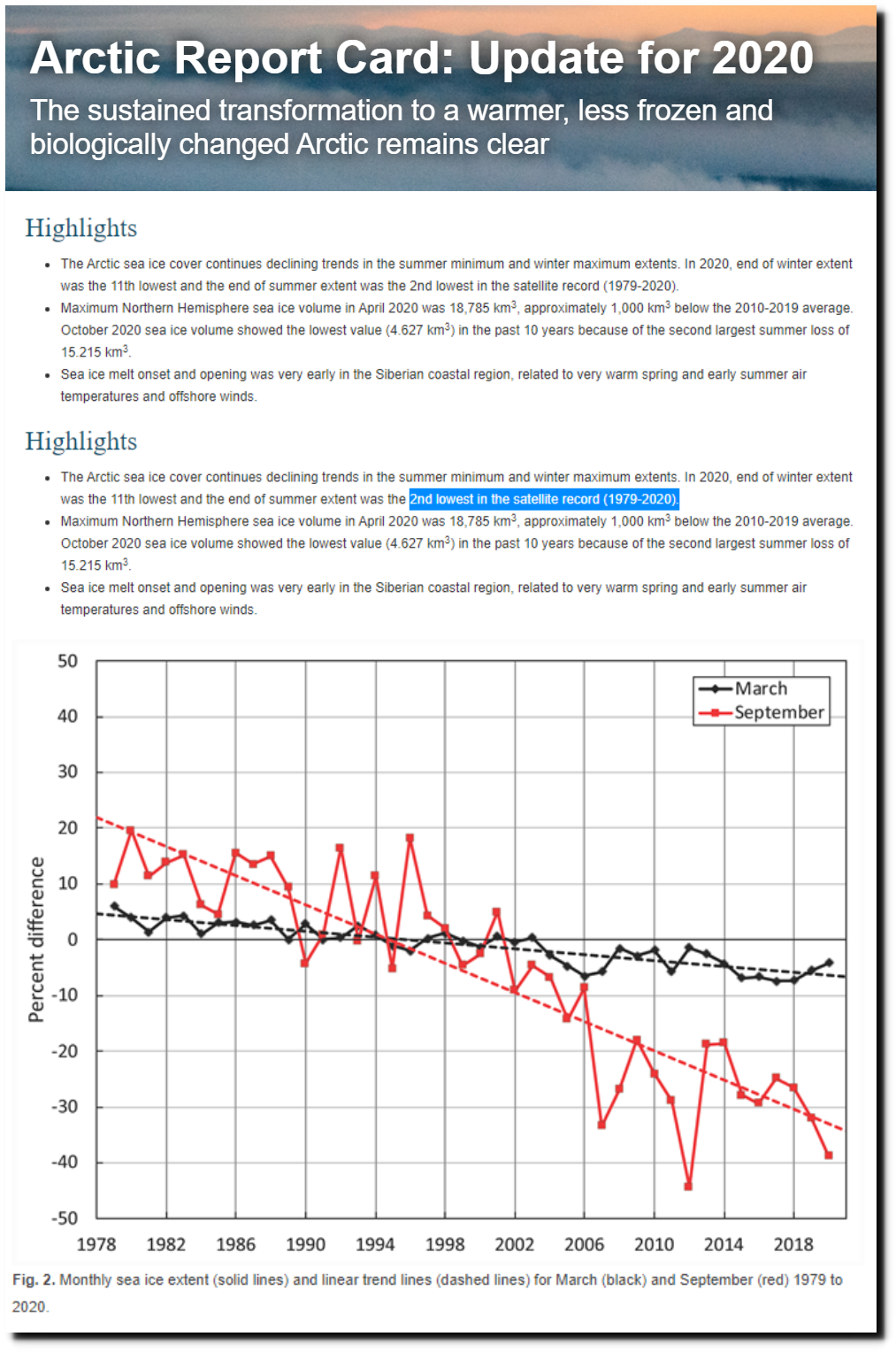
2nd lowest in the satellite record (1979-2020).
The coldest year on record in Iceland was 1979, and it was the peak year for sea ice,
“Telltale signs are everywhere —from the unexpected persistence and thickness of pack ice in the waters around Iceland to the southward migration of a warmth-loving creature like the armadillo from the Midwest. Since the 1940s the mean global temperature has dropped about 2.7° F.”
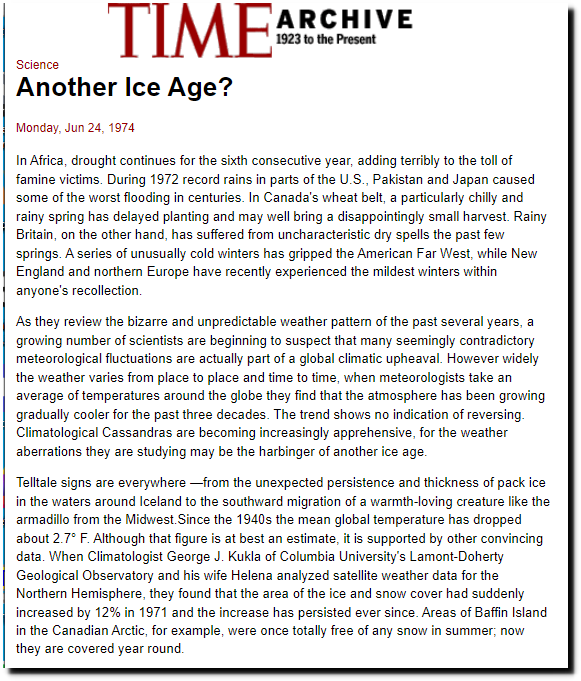
TIME Magazine Archive Article — Another Ice Age? — Jun. 24, 1974
“The Earth Is Cooling, Return of Ice Age Is Feared
—Snow banks cover areas of Baffin Island today which were seasonally snow-free 30 or 40 years before the present cooling, J. T. Andrews and his colleagues at the University of Colorado at Boulder report. Similarly, pack ice around Iceland is once again becoming the serious hindrance to navigation it was during the “‘little ice age”
14 Apr 1973, Page 8 – Iowa City Press-Citizen
There was an ice age during the Ordovician with CO2 l3vels ten times higher than now. There is no indication ice correlates with CO2.
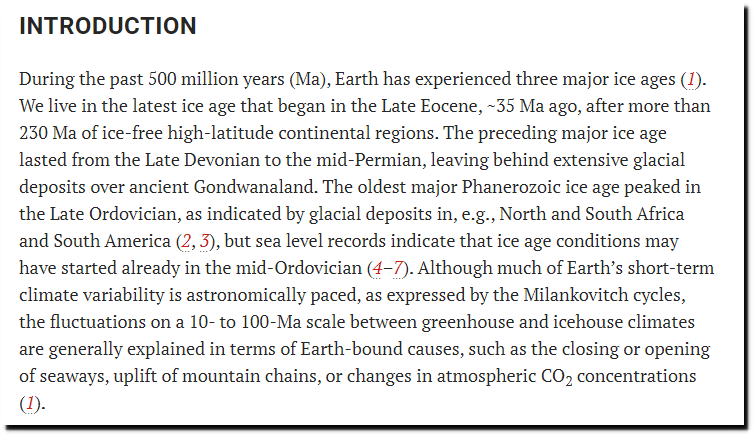
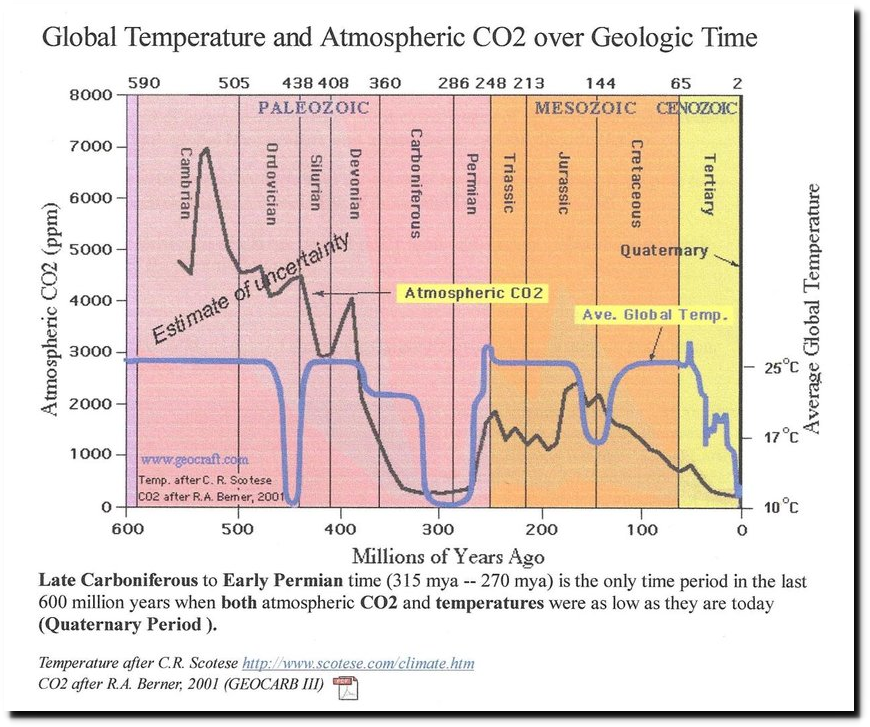
Global temperature and atmospheric CO2 over geological time (600 mya)

